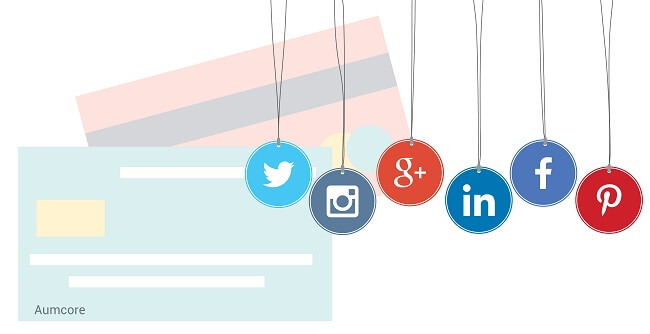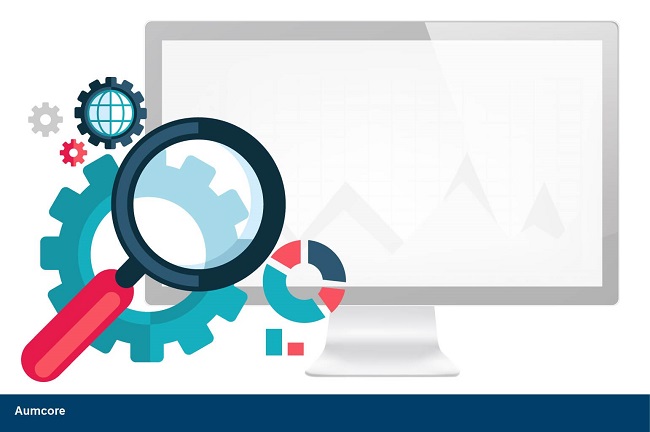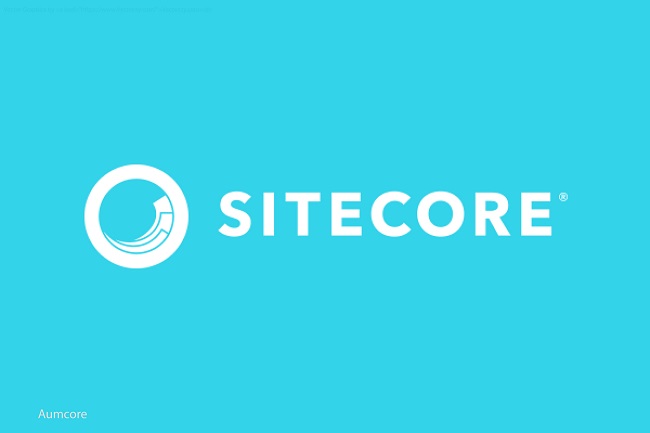As a digital marketing agency that specializes in all things digital, we at Aumcore understand that the industry is ALWAYS changing. After all, we’re known as a top digital agency in the realm of marketing trends that knows they come and go like a revolving door of, well, trends.
Whether it’s an advancement that’s turning the marketing world on its head, or a changing search algorithm that’s messing up many marketers’ well-planned strategies, digital marketing is downright tumultuous.
As we step into 2023, businesses are navigating a digital ecosystem that is constantly evolving and presenting new opportunities and challenges. To ensure success in this dynamic environment, marketers need to be armed with data-driven insights to inform their decision-making processes.
Here are a few key statistics to get started:
- Mobile Advertising Dominance: According to recent studies, mobile advertising expenditure is projected to reach $340 billion in 2023, accounting for more than two-thirds of total digital ad spending worldwide. This underscores the importance of mobile optimization and targeting strategies to reach and engage with the growing number of mobile users.
- Video Marketing Growth: The popularity of video content continues to soar, with projections indicating that by 2023, video will account for 82% of all internet traffic. This statistic highlights the immense potential of incorporating video marketing strategies into digital campaigns to capture audience attention and enhance brand engagement.
- Voice Search Optimization: With the increasing adoption of voice-activated smart devices, voice search is gaining prominence. By 2023, it is estimated that 8 billion voice assistants will be in use globally. Optimizing digital content for voice search queries presents an opportunity for businesses to enhance their online visibility and capture voice-driven search traffic.
Why Are Digital Marketing Statistics Important?
Digital marketing statistics play a crucial role in helping businesses make informed decisions and develop effective strategies.
Here are a few reasons why digital marketing statistics are important:
- Data-Driven Decision Making: Statistics provide factual data and insights about consumer behavior, market trends, and industry benchmarks. By analyzing these statistics, marketers can make data-driven decisions rather than relying on assumptions or guesswork. This helps in optimizing marketing efforts, allocating resources effectively, and improving overall campaign performance.
- Understanding Consumer Behavior: Digital marketing statistics provide valuable information about how consumers interact with digital channels, their preferences, and their buying patterns. By understanding consumer behavior, businesses can tailor their marketing strategies to meet the needs and expectations of their target audience, resulting in more personalized and relevant campaigns.
- Identifying Emerging Trends: The digital landscape is constantly evolving, and staying ahead of the curve is crucial for businesses. By analyzing digital marketing statistics, marketers can identify emerging trends and adapt their strategies accordingly. This enables businesses to stay relevant, engage with their audience through preferred channels, and leverage new opportunities for growth.
- Measuring Performance and ROI: Statistics help in measuring the performance of digital marketing campaigns and determining the return on investment (ROI). By tracking key metrics such as website traffic, conversion rates, click-through rates, and engagement levels, businesses can assess the effectiveness of their marketing efforts and make necessary adjustments to optimize performance and maximize ROI.
20 Digital Marketing Growth Statistics to Help You Plan for 2023
Our goal for today is to cover marketing statistics from 2022 so we that we can determine the content marketing statistics for 2023. Though there are many possible topics we can cover, we’re going to focus on particularly pressing ones like advertising, social media, eCommerce, AI, and marketing automation, and even privacy regulations. Let’s get started!
Marketing Predictions for 2023
1. Influencer marketing is expected to continue its upward trajectory in 2023, with businesses allocating more budget to collaborate with influencers. According to a survey by Influencer Marketing Hub, 74% of marketers plan to allocate a budget for influencer marketing in 2023, highlighting its effectiveness in reaching and engaging with target audiences.
2. Micro-moments refer to brief instances when consumers turn to their devices to fulfill immediate needs or seek information. It is predicted that brands will increasingly focus on capturing these micro-moments to deliver relevant and personalized content. Google reports that 96% of consumers reach for their smartphones to conduct these micro-moments, emphasizing the importance of optimizing digital marketing strategies for these brief interactions.
3. Voice search is expected to witness significant growth in 2023. Comscore predicts that by 2023, half of all online searches will be conducted through voice commands. As the adoption of voice-activated smart devices increases, optimizing digital content for voice search becomes essential for businesses aiming to improve their visibility and capture voice-driven search traffic.
4. AR and VR technologies are poised to transform the digital marketing landscape. It is estimated that the global AR and VR market will reach a value of $72.8 billion by 2024, with industries like retail, tourism, and gaming leveraging these immersive technologies to enhance customer experiences and drive engagement.
5. Growing Importance of Customer Experience: Customer experience (CX) will remain a top priority for businesses in 2023. Research shows that 84% of customers consider the experience provided by a company as important as its products or services. Brands that invest in delivering seamless, personalized, and memorable customer experiences across digital touchpoints are likely to gain a competitive edge.
6. AI-powered technologies, such as machine learning and predictive analytics, will continue to drive personalization in digital marketing. By 2023, it is projected that businesses that invest in AI for personalization will outsell those that don’t by 30%. These technologies enable marketers to deliver hyper-targeted content and recommendations, improving customer engagement and conversion rates.
7. Growing Importance of Data Privacy and Consent: With increasing awareness about data privacy, consumers are demanding greater transparency and control over their personal information. The General Data Protection Regulation (GDPR) and other privacy regulations have set the stage for businesses to prioritize data protection. In 2023, marketers will need to navigate privacy concerns, gain explicit consent, and adopt ethical data practices to build trust with their audiences.
Communication is Key to Success
8. Consumer trends indicate that chatbots are front and center when it comes to customer service with 23% of businesses already making use of this technology. Using AI technology, these workers are able to manage customer queries 24/7 and provide customized responses to users based on the information provided.
9. Customer support never sleeps, and neither will your online platforms. Automation and AI will ensure that customers are attended to at all times, providing helpful responses and building trusting relationships. More severe and complex queries can be sent on to the human counterpart – and they’re expected to save businesses $8 billion this year.
10. A single platform is no longer an option; multichannel marketing is the best way to increase your reach and remain top of mind. And with 57.6% of the world using social media, it seems like a logical way of reaching them all. This means using Facebook, LinkedIn, WhatsApp and even blog posts too draw attention to your next digital event or product launch.

Let’s Talk About the Social Element
11. When it comes to businesses and generating leads, 66% of marketers are able to do so successfully by spending a mere 6 hours a week on marketing through these channels.
12. LinkedIn remains the most effective channel when it comes to generating B2B leads – almost 80% of all B2B leads come from the platform.
13. Around 57.6% of the global population are active on social media, for approximately 2 hours and 27 minutes each day.
14. When it comes to global digital ad spend and paid marketing, the average CPA for paid search is $49, and for display ads it’s $75.
15. On the topic of digital marketing spend, Facebook ad spend in the US has exceeded $1 billion – and it continues to grow each day.

Paid Advertising Numbers
16. 49% of online users prefer to view text ads that are simple to understand.
17. 65.7% of online users view Google as a trusted source, more so than TikTok or Facebook.
18. 3.75% is the average conversion rate for Google Ads
19. The click through rate of most paid ads on Google is 11.38% On Facebook, it’s only 1.3%.
20. 94% of online users skip search ads because they are easily identifiable.
Final Thoughts: Any Tips?
Well, there you have it: stats you can use to predict which 2020 marketing trends and data to pay special attention to. Like we touched on in the beginning, the topics we focused on today are especially important in todays’ digital marketing ecosystem, but they are definitely not the only ones to focus on. As you prepare your strategies for the upcoming year, make sure to take a look at every stat, trend and data point you can get your hands on so you have a well-rounded understanding of what’s to come.
With that in mind, what we covered today is especially pertinent for 2020 strategies. That is, if you want to know how to start the year the right way, you’ll do well to devote a lot of your planning on the areas we covered today:
- Mobile advertising
- Video marketing
- Social media marketing
- eCommerce Traffic
- Privacy regulations
- AI and its many capabilities
For example, if you’re currently devoting most of your ad budget on desktops, you’ll do well to divert more to mobile platforms. If you already have some video ads out there, consider making them shorter and more engaging. (If you don’t, get started!) If you aren’t paying as much attention to your social channels, you better get started or risk your audience connecting with your competition instead.
If you aren’t paying attention to where your eCommerce traffic is coming from, delve into your analytics and make sure you’re not placing too much faith in a traffic source that may not be what it seems. If you aren’t following GDPR laws, change your strategies immediately, otherwise you’ll risk losing your users’ faith and acquiring a hefty fine if you get caught. If you’re not leveraging the MANY capabilities AI entails, you’re sorely missing out and will do well to adopt it into your organization.
This blog post is Last updated on June 9th, 2023.





Tell us your thoughts in the comments